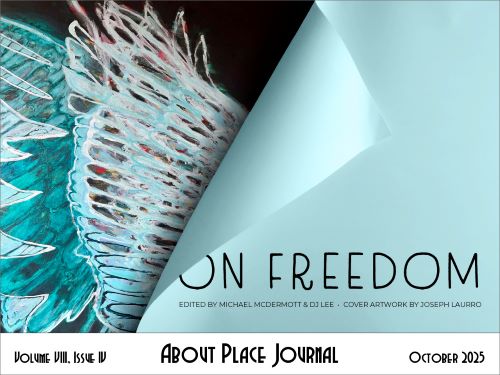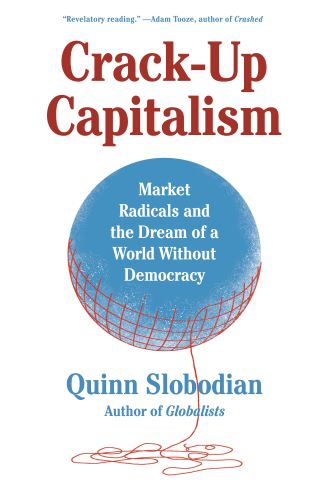Spanish poet Juan Ramón Jiménez is generally not well known to most contemporary English readers. If there’s any familiarity with his name—let alone his work—it most likely comes in some foggy concept of his relation to his compatriot Federico García Lorca. It’s unfortunate that this Nobel Prize-winning writer has been so outshined by his disciple’s notoriety. With The Complete Perfectionist, editor and translator Christopher Maurer raids Jiménez’s books, papers, and biographical record to assemble various fragments (poems and aphorisms; sometimes Maurer includes titles, sometimes not), under headings such as “Dream,” “Instinct,” “Rhythm,” and “Perfection,” with his own ambivalently short and jumpy introductions to each. As Maurer says, “the title, theme, selection, translation, and arrangement” are all his own. While Jiménez’s work receives fresh exposure to new readers, it does so only insofar as its end goals may have been re-aligned under Maurer’s conceptive framework.
Spanish poet Juan Ramón Jiménez is generally not well known to most contemporary English readers. If there’s any familiarity with his name—let alone his work—it most likely comes in some foggy concept of his relation to his compatriot Federico García Lorca. It’s unfortunate that this Nobel Prize-winning writer has been so outshined by his disciple’s notoriety. With The Complete Perfectionist, editor and translator Christopher Maurer raids Jiménez’s books, papers, and biographical record to assemble various fragments (poems and aphorisms; sometimes Maurer includes titles, sometimes not), under headings such as “Dream,” “Instinct,” “Rhythm,” and “Perfection,” with his own ambivalently short and jumpy introductions to each. As Maurer says, “the title, theme, selection, translation, and arrangement” are all his own. While Jiménez’s work receives fresh exposure to new readers, it does so only insofar as its end goals may have been re-aligned under Maurer’s conceptive framework.
By all evident accounts presented here, Jiménez was sharply self-critical and wary of allowing any writing of his which he felt was subpar to make its way into print. He often held back on publication as well as frequently returning to revise prior published works. This makes it difficult to imagine how he’d be at all pleased with the re-envisioned touch-up job performed by Maurer on his work. The original ideas and writing may be Jiménez’s, yet Maurer steers them onto a course of his devising. As far as staying true to Jiménez’s original intent, there really isn’t any possibility of doing so as Jiménez never envisioned a book such as this. And with the poems Maurer quotes from, he explains: “Most of these poems exist in different versions in the original.” What he offers here is most definitively his Jiménez.
Some examples of Jiménez’s pronouncements as delivered by Maurer (in no particular order):
The poet’s rhythm can be none other than the pulsing of his blood at any given moment.
If you cannot be gold, be silver. But not silver with gold plate.
I have dreamt my life and lived my dream.
I want any of my books to be opened anywhere and reveal something exact.
Eternity is only in the present. Who “has” the present, has eternity.
How will the deaf man see the sunset?
My best work is my constant repentance for my Work.
I would like my book / to be like the sky at night, / all present truth, without history.
Hidden creator of an unapplauded star.
These sometimes delightful and rather k?an-like pronouncements and observations present casual literary readers much to mull over on whimsical-feeling afternoons. But the book lacks any sort of in-depth perspective on Jiménez, the man, and there’s no comprehensive discussion covering his actual approach to art and life. Instead we’re given whiffs of his personal story as we’re told he lived awash in thousands of pages of unpublished drafts and fragments, was lucky to have a dedicated wife, and achieved a fair amount of recognition in his lifetime, yet all this arrives in snippets and asides delivered hodge-podge by Maurer’s many introductions and rather belated—is such a thing even possible?—afterword.
There is no sense of a cumulative whole of Jiménez’s own devising to be found here, and this is an irredeemable flaw. This varying assortment of odds and ends, lightly clipped from disparate sources, offers inspiring fodder. But it leads nowhere in particular in terms of serving as an over-all introduction to or an understanding of Jiménez’s work and/or life. Given that Maurer has so embedded his own perspective in arranging Jiménez’s words, it’s difficult to feel Jiménez’s own process at work—as in, say, reading through a notebook, diary, or set of letters, where noticeable leaps of thought in word-choice and/or image leading into and out of one another might be observed. Rather than providing a solid, comprehensive introduction to set the facts straight and then standing back to let Jiménez speak for himself, Maurer has intrusively reorganized everything and thus in effect delivers his own creation. Readers are left to take the initiative to truly discover Jiménez on their own. The good news is that from the looks of what Maurer makes available, there’s plenty worthwhile to dig into. And with “no complete critical edition in Spanish,” along with the relative paucity of Jiménez available in English, there’s reason to look forward to work by future editors and subsequent translators.





